In the serene sanctuary of a child's bedroom, where dreams are woven and imaginations soar, there lies an unsettling truth. Recent studies have unveiled a hidden threat lurking in the very place where our children rest their heads: their mattresses. These seemingly innocent sleep surfaces can emit a cocktail of toxic chemicals that may pose significant risks to children's health, including developmental disorders, reproductive issues, and intellectual disabilities. As parents and caregivers, it is crucial to understand these risks and take proactive steps to mitigate them.
A groundbreaking study conducted by researchers at the University of Toronto has shed light on the alarming presence of toxic chemicals in children's bedrooms. Led by senior study author Miriam Diamond, the research team measured the air quality in 25 children's bedrooms, focusing on children aged between 6 months and 4 years. The results were startling: the study detected worrisome levels of over two dozen phthalates, flame retardants, and UV filters in the air, with the highest concentrations found near the children's beds.
To delve deeper into the source of these chemicals, Diamond's team conducted a companion study, testing 16 new children's mattresses. The findings revealed that these mattresses were a significant source of chemical exposure. Alarmingly, the researchers discovered that the warmth and weight of a sleeping child could exacerbate the off-gassing of these toxic substances. "They found that even something as simple as a child’s body heat and weight on a mattress can increase the release of toxic chemicals into the air they breathe while sleeping—a factor that current safety standards don’t consider," said Jane Houlihan, research director for Healthy Babies, Bright Futures.
The chemicals identified in these studies are not benign. Phthalates, for instance, are found in hundreds of consumer products, including food storage containers, shampoo, makeup, and children's toys. These chemicals are known to interfere with the body's endocrine system, which regulates hormone production. According to the National Institute of Environmental Health Sciences, even small hormonal disruptions can cause significant developmental and biological effects. Research has linked phthalates to reproductive problems, such as genital malformations and undescended testes in baby boys, as well as lower sperm counts and testosterone levels in adult males. Additionally, phthalates have been associated with childhood obesity, asthma, cardiovascular issues, premature deaths, and cancer.
Flame retardants, another group of chemicals detected in the study, pose equally concerning risks. One well-studied type of flame retardant, polybrominated diphenyl ethers (PBDEs), has been identified as a significant contributor to intellectual disability in children. Although some PBDEs were banned by the US Environmental Protection Agency (EPA) in 2012, replacements such as organophosphate esters (OPFRs) have been introduced and are now being used in large volumes. These replacements have also been linked to reproductive, developmental, and nervous system disruption in toddlers. Alarmingly, one mattress tested in the study contained 1,700 parts per million of an organophosphate ester called TDCPP, a known carcinogen according to the National Library of Medicine Pub Chem website. Another mattress, which had a certified label stating compliance with current regulations, contained 1,800 parts per million of pentachlorothiophenol (PCTP), one of five flame retardants banned by the EPA.
The presence of these toxic chemicals in children's mattresses raises serious questions about regulatory oversight and industry practices. The American Chemistry Council, representing the US chemical, plastic, and chlorine industry, emphasized that the mere presence of a chemical does not indicate risk or adverse effects. However, the study's findings underscore the need for more rigorous testing and transparent labeling. "The results show that parents can’t shop their way out of the problem," said Houlihan. The mattresses tested emitted toxic chemicals regardless of their price, materials, or country of origin, and some contained additives above legal limits.
Given the widespread presence of potentially toxic chemicals in children's products, it can be challenging for parents to choose safer options. However, there are several practical steps that can help reduce children's exposure to these harmful substances:
1. Choose Neutral-Colored Bedding: Opt for neutral-colored mattress components and sheets, as they are less likely to contain UV filters, which are added to prevent fading. Brightly colored bedding may seem appealing, but the UV filters used to maintain these colors can contribute to chemical exposure.
2. Frequent Washing: Wash bedding and clothing worn to sleep often. These items act as a protective barrier, absorbing some of the contaminants and reducing exposure to the child's skin. Regular washing ensures that the barrier remains effective.
3. Airing and Cleaning: Regularly air out the child's bedroom to improve ventilation and reduce the concentration of airborne chemicals. Vacuum cleaning can also help remove dust that may contain toxic substances.
4. Minimize Extras: Avoid placing unnecessary items in the crib or bed, such as stuffed animals or mattress pads, which can harbor toxic additives. Simplifying the sleeping environment can reduce the overall chemical load.
5. Select Natural Materials: When possible, choose bedding and mattresses made from natural materials like latex, cotton, or merino wool. These materials are less likely to contain synthetic chemicals. Additionally, consider purchasing second-hand items, as many chemicals will have off-gassed over time.
6. Advocate for Change: Support stronger standards for toxic additives in children's products. Companies should be encouraged to remove unneeded chemicals and work towards developing truly non-toxic products. As consumers, parents have the power to drive change by choosing safer products and demanding transparency from manufacturers.
The discovery of toxic chemicals in children's mattresses is a stark reminder of the hidden dangers that can lurk in everyday products. While the regulatory and industry response to these findings is crucial, parents must also take proactive steps to protect their children. By choosing neutral-colored bedding, washing frequently, minimizing extras in the crib, and advocating for stronger standards, parents can create a safer sleep environment for their children. As we navigate the complexities of modern consumer products, it is essential to prioritize the health and well-being of our most vulnerable population. After all, a good night's sleep should be a safe and nurturing experience, free from the threat of toxic chemicals.

By Samuel Cooper/Apr 16, 2025
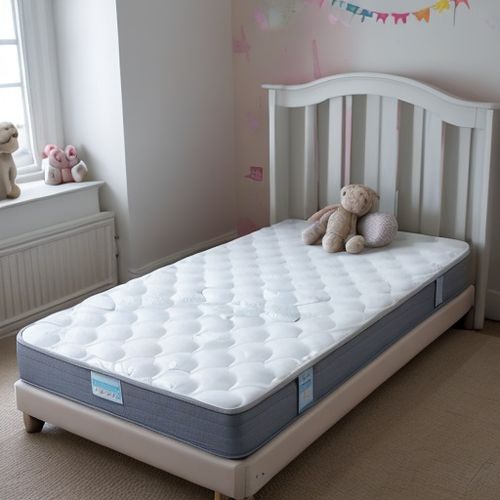
By James Moore/Apr 16, 2025
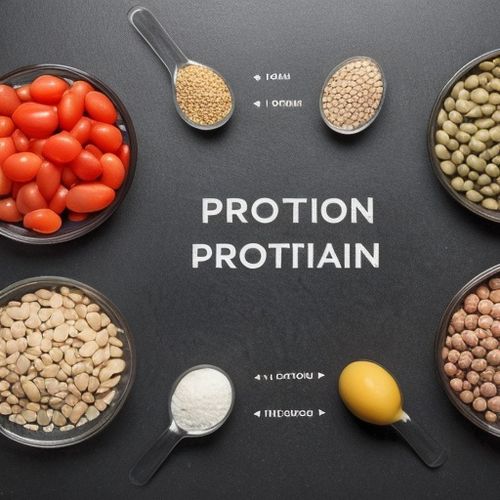
By Sophia Lewis/Apr 16, 2025

By Michael Brown/Apr 16, 2025

By Christopher Harris/Apr 16, 2025

By Natalie Campbell/Apr 16, 2025

By George Bailey/Apr 16, 2025

By Thomas Roberts/Apr 16, 2025

By Natalie Campbell/Apr 16, 2025
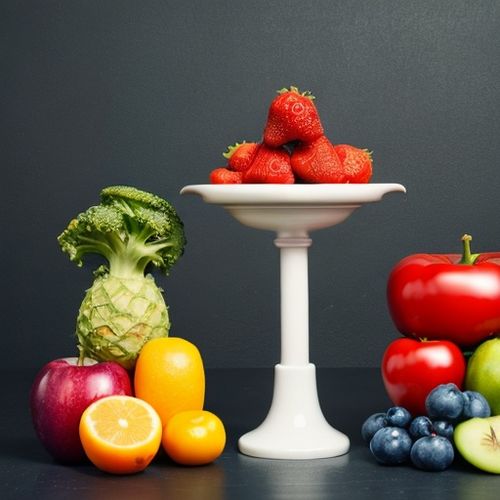
By John Smith/Apr 16, 2025

By Emma Thompson/Apr 15, 2025

By Lily Simpson/Apr 15, 2025

By Noah Bell/Apr 15, 2025

By Victoria Gonzalez/Apr 15, 2025
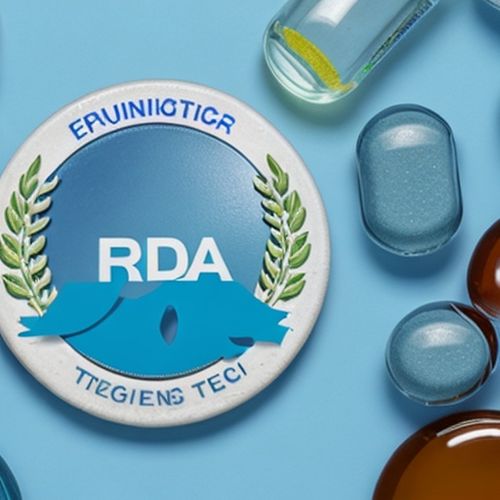
By Benjamin Evans/Apr 15, 2025
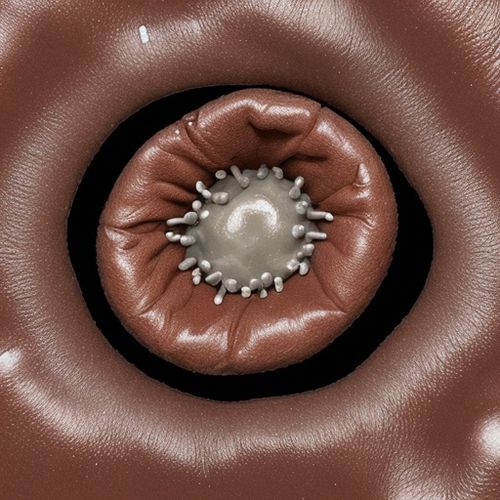
By Joshua Howard/Apr 15, 2025
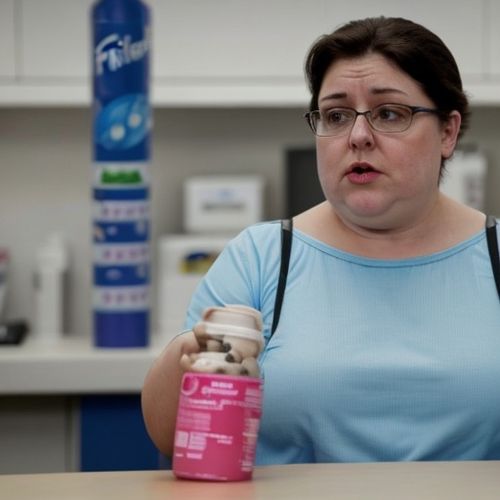
By Daniel Scott/Apr 15, 2025

By Amanda Phillips/Apr 15, 2025
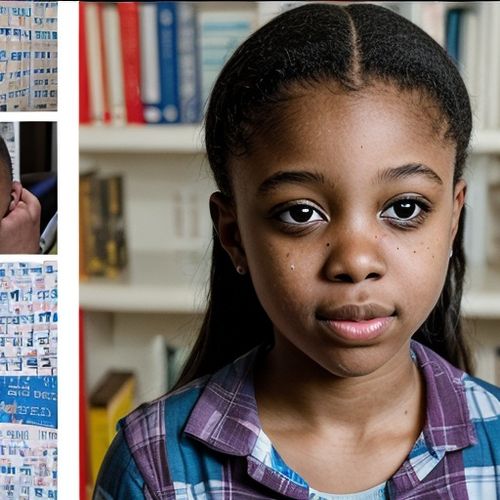
By James Moore/Apr 15, 2025

By Grace Cox/Apr 15, 2025